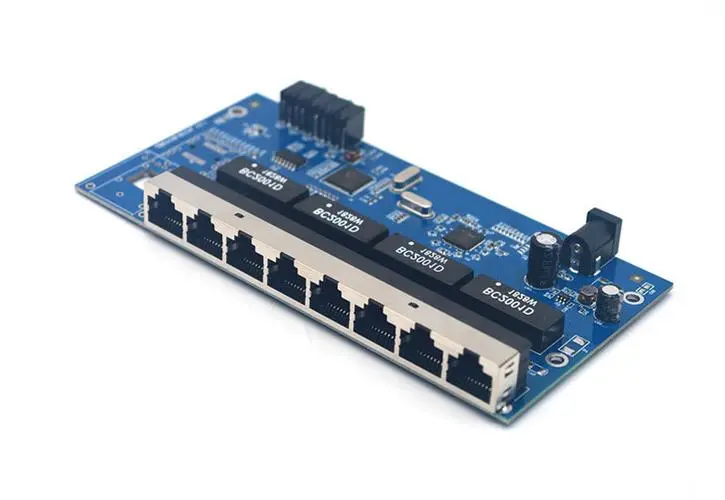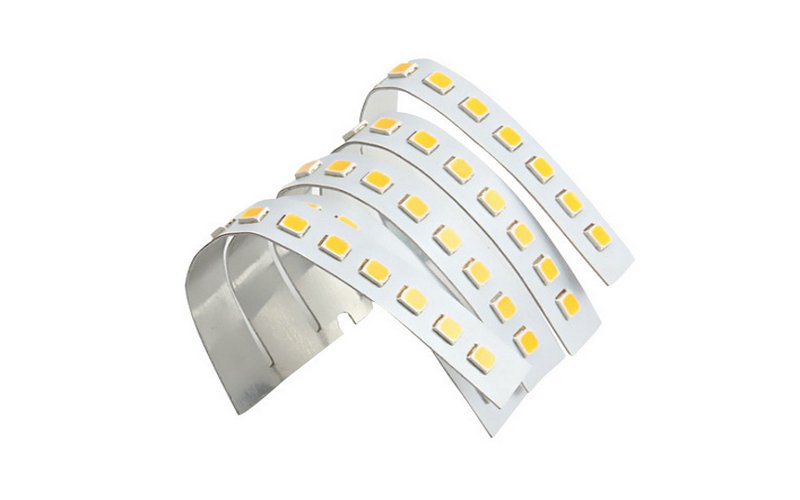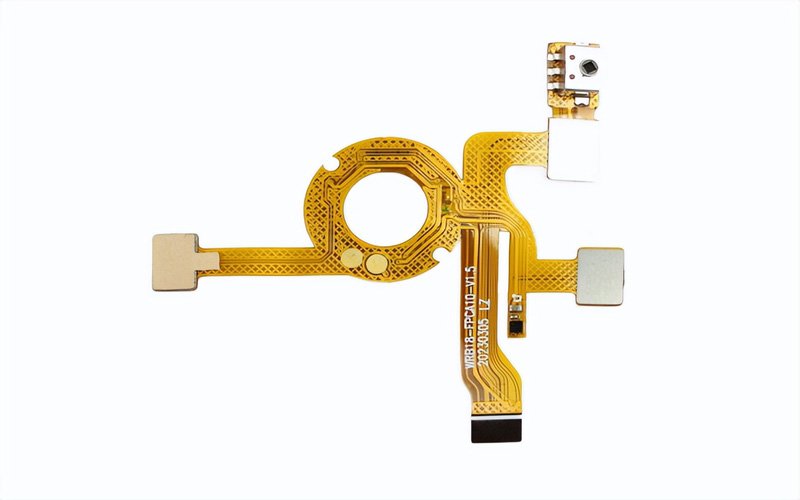A communication switch PCB, also known as a network switch PCB, is a type of printed circuit board specifically designed for communication equipment such as network switches. Here are some key aspects and features related to communication switch PCBs:
High-Speed Signal Routing: Communication switch PCBs are designed to handle high-speed signals that are typical in networking applications. They incorporate controlled impedance traces and high-performance materials to ensure signal integrity and minimize signal loss.
Layer Count: Communication switch PCBs often have a high layer count to accommodate complex routing requirements and to support the interconnection of numerous components and ports. This allows for efficient signal routing and helps in reducing electromagnetic interference (EMI).
Port Density: These PCBs are designed to support a high port density to accommodate multiple network connections. They often feature densely packed connector arrays or SMD (Surface Mount Device) connectors to maximize the number of ports within a limited space.
Power Distribution: Communication switch PCBs must efficiently distribute power to various components, including network processors, memory modules, and interface circuits. They incorporate power planes and copper pours to ensure stable power distribution and minimize voltage drop across the board.
Heat Management: Due to the high processing demands and power consumption of network switches, heat management is crucial. Communication switch PCBs may include features such as thermal vias, heat sinks, or even embedded heat pipes to dissipate heat effectively and maintain optimal operating temperatures.
Reliability and Redundancy: Given the critical role of network switches in maintaining connectivity, communication switch PCBs are designed for high reliability and often incorporate redundancy features such as redundant power supplies, redundant data paths, or hot-swappable components to ensure uninterrupted operation.
Compliance and Standards: Communication switch PCBs must comply with industry standards and regulatory requirements for networking equipment, including standards such as IEEE (Institute of Electrical and Electronics Engineers) and industry-specific certifications like RoHS (Restriction of Hazardous Substances) compliance.
communication switch PCBs play a vital role in the functioning of network infrastructure, enabling reliable and high-performance data communication in various applications ranging from enterprise networks to telecommunications systems.









